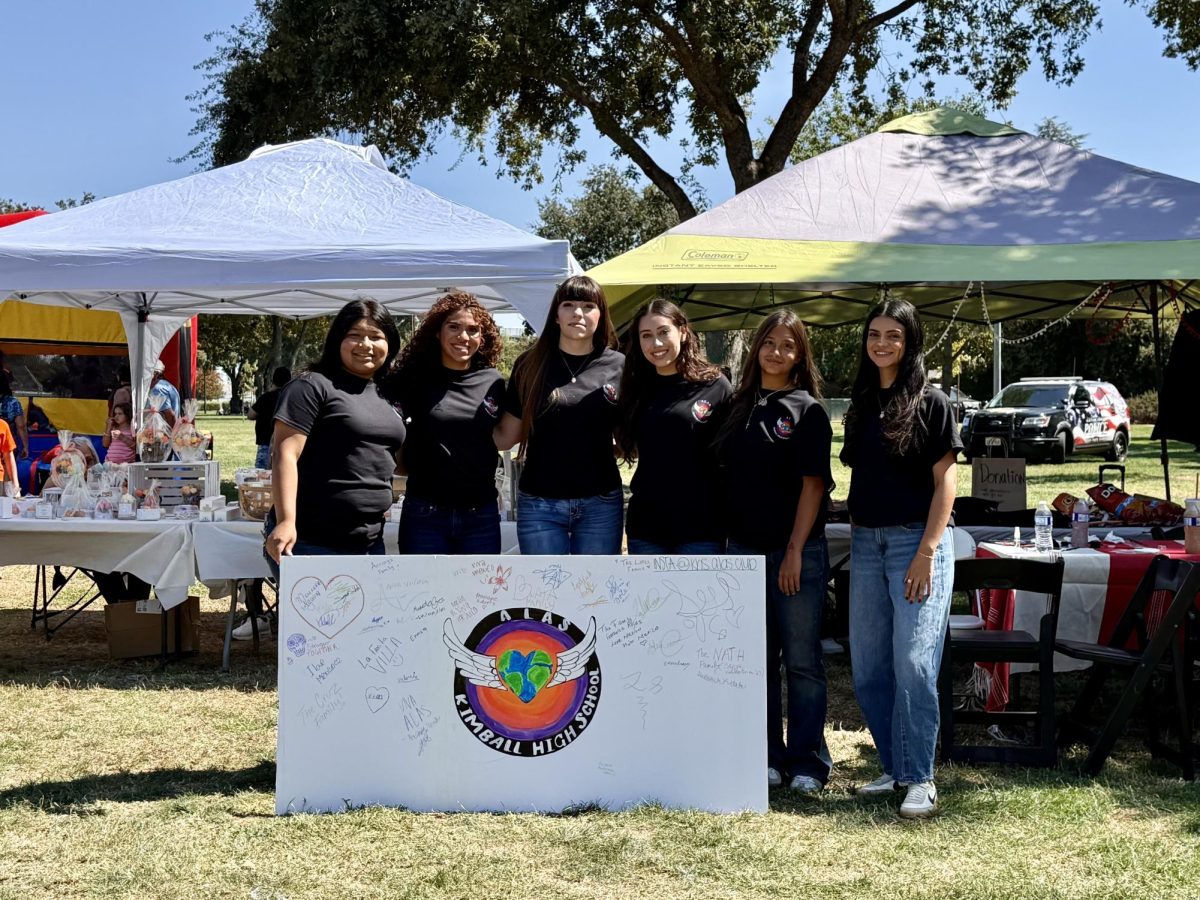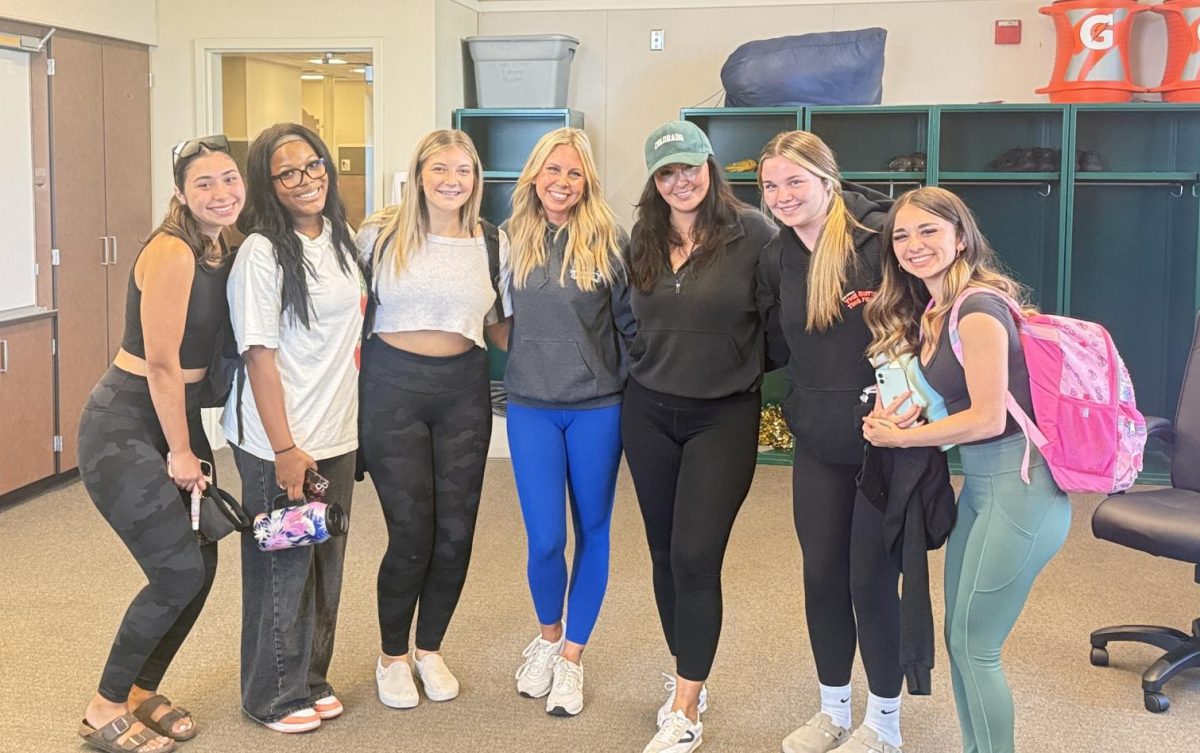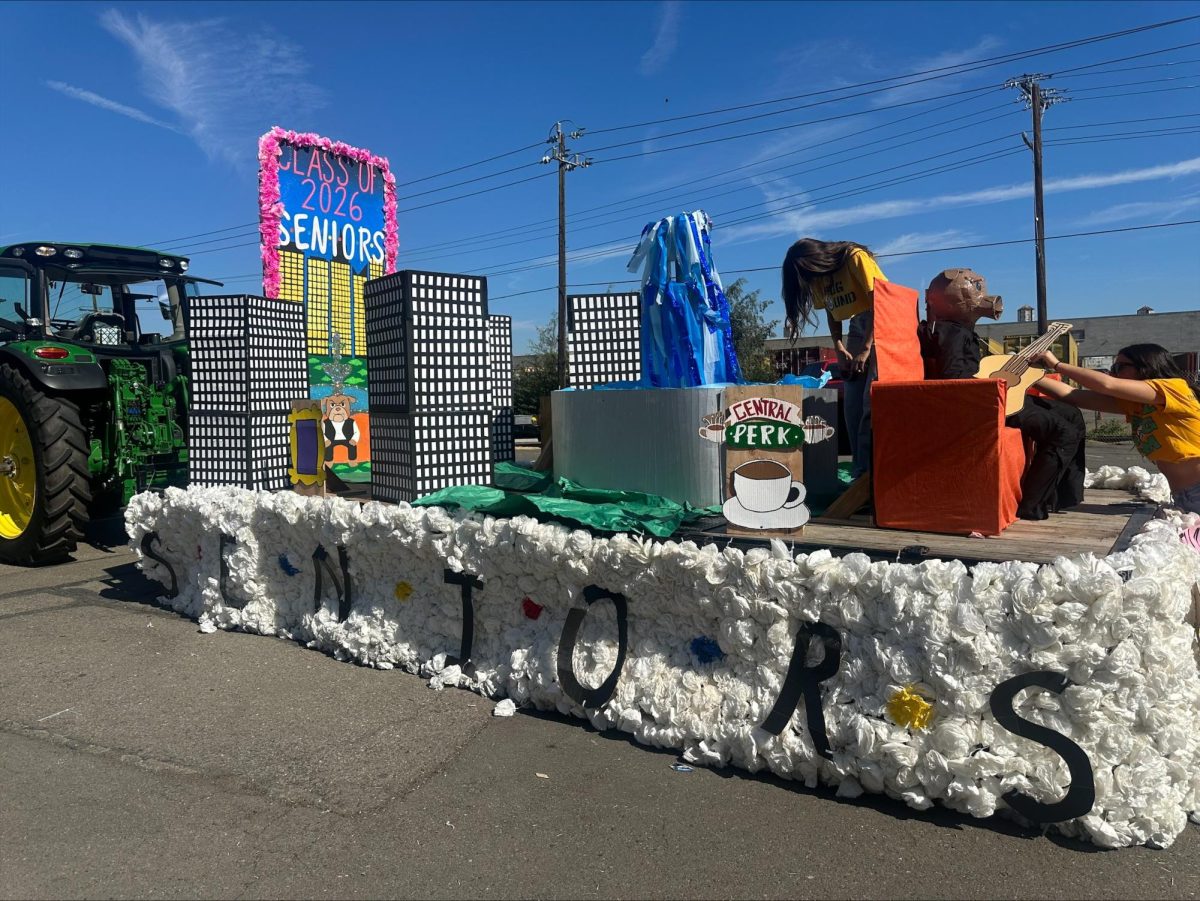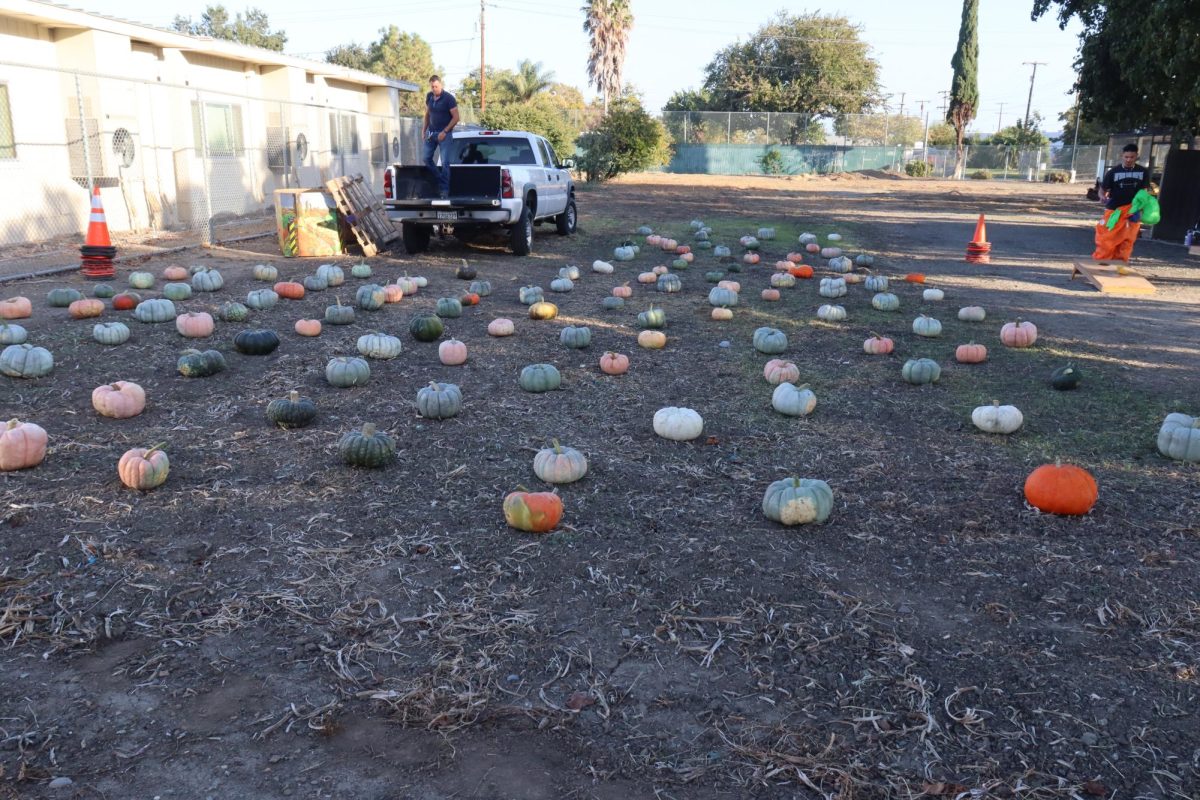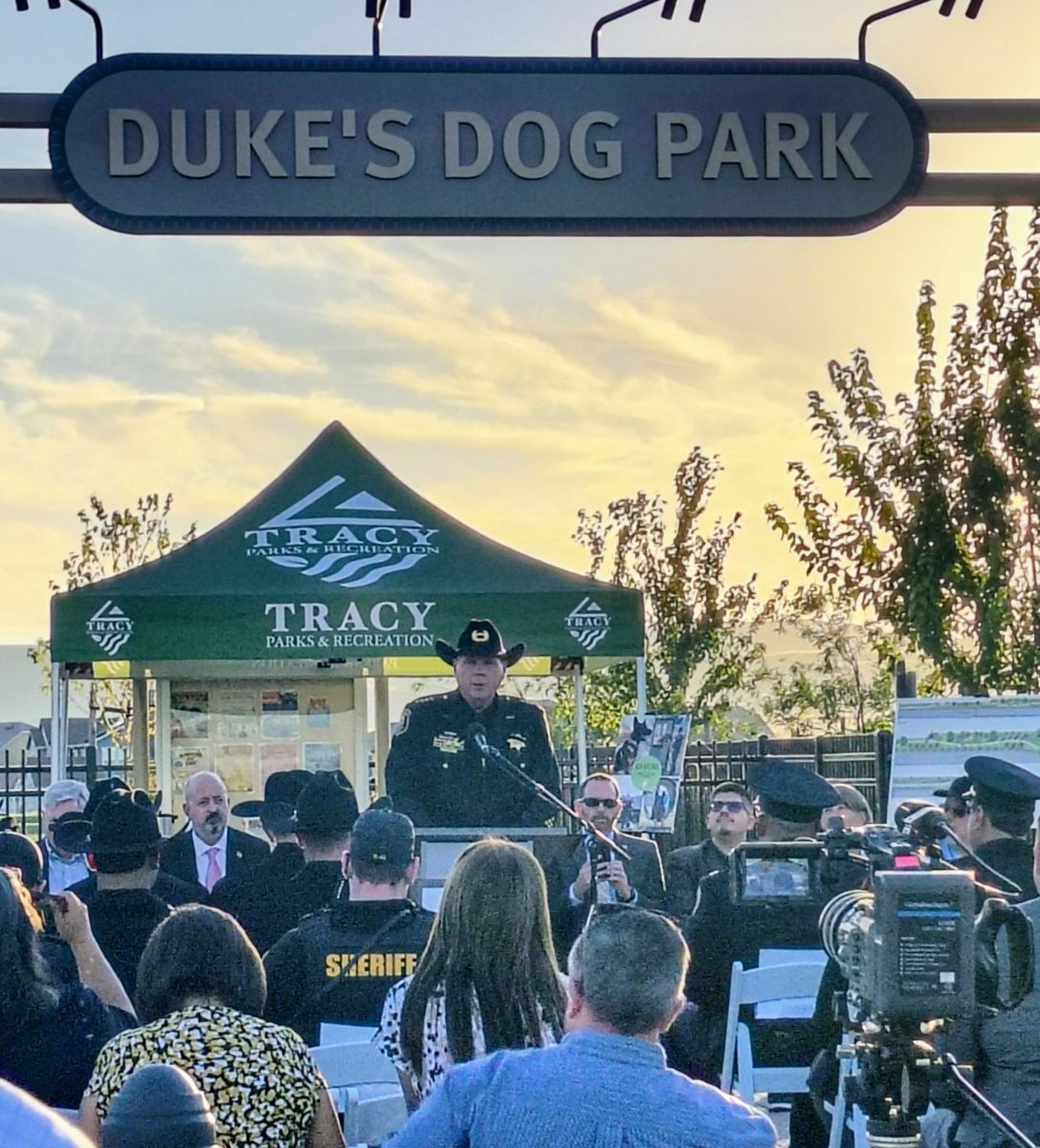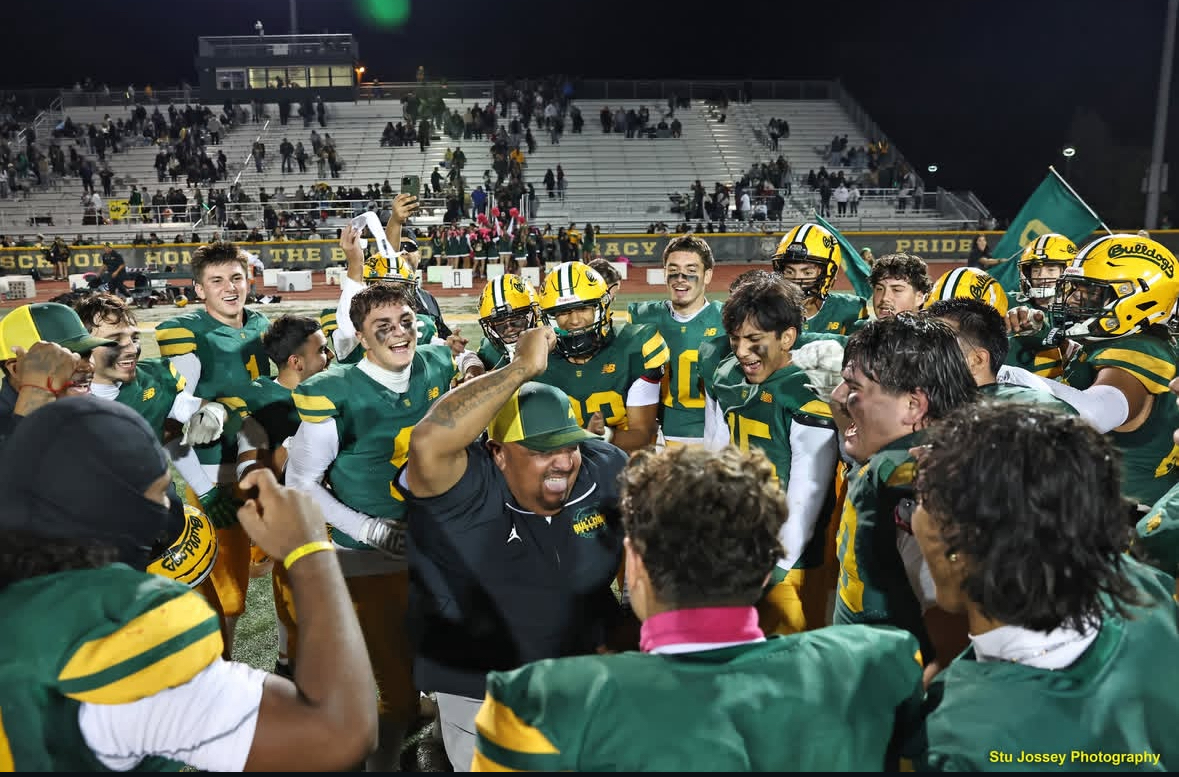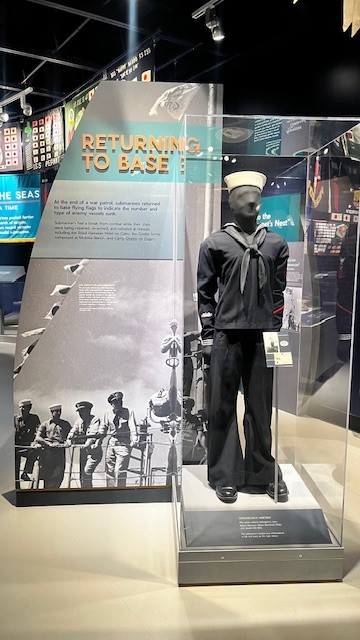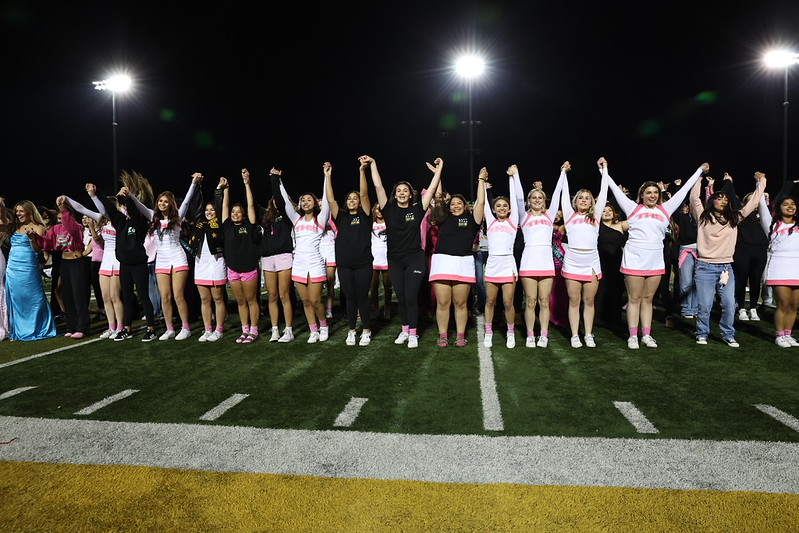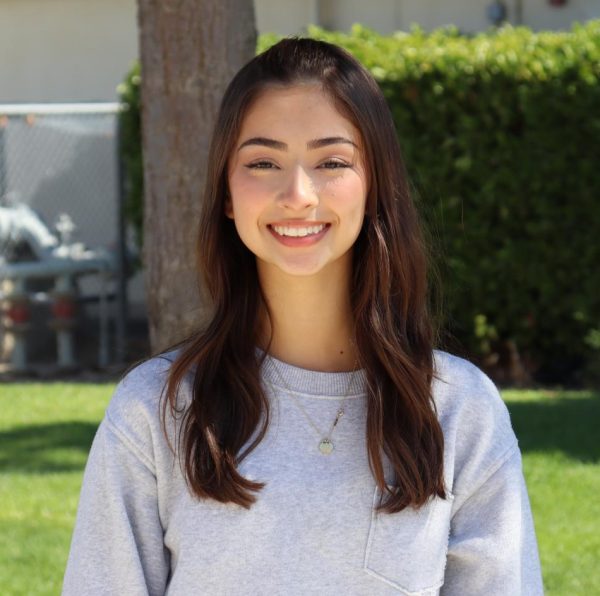According to the National Confectioners Association (NCA), 93% of Americans celebrate Halloween each year. The usual traditions you may celebrate every night on Oct. 31 have interesting backstories. Previously to today’s modernization of these stories, they were sacred to Celtic beliefs.
The holiday is rooted from Ireland and the celebration of it stems from the ancient Celtic festival of Samhain. At the festival people came together at the end of summer to welcome the new season’s harvest while dressed in costumes surrounded by bonfires to scare away ghosts.
Celtic people were followers of the ancient Celtic religion that originated in Europe. They believed in multiple gods and worshipping nature. Samhain was the Celtic New Year, typically associated with death and to avoid a bad year they dedicated a celebratory festival to the day.
During the 18th century Pope Gregory III created All Saints Day on Nov. 1 to honor the deceased spirits of loved ones. The evening before All Saints Day became All Hallows Eve. This is now known as Halloween today. On All Hallows Eve people of the Celtic religion believed the line between the living and dead faded, welcoming ghosts and demons.
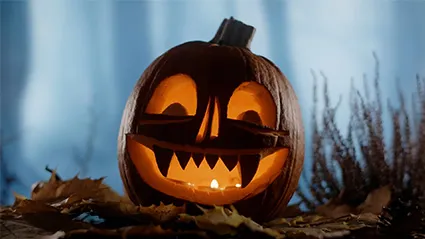 Creating Jack-o-lanterns was a method used to scare away spirits, specifically Stingy Jack. Based on the legend, Stingy Jack trapped the soul of the devil and refused to release him unless the devil swore not to send him to hell. After Jack died heaven denied his soul leaving him to wander the Earth forever with a burning turnip gifted by Satan as his light.
Creating Jack-o-lanterns was a method used to scare away spirits, specifically Stingy Jack. Based on the legend, Stingy Jack trapped the soul of the devil and refused to release him unless the devil swore not to send him to hell. After Jack died heaven denied his soul leaving him to wander the Earth forever with a burning turnip gifted by Satan as his light.
It became a tradition for Celtic people to carve their own turnips with lanterns to scare away Stingy Jack and other unwanted spirits. This spread globally, and the turnips evolved into pumpkins.
The origin of trick-or-treating is debatable depending on culture. One theory being at the Samhain festival people left food out to welcome traveling spirits while dressed in scary costumes to ward off demons.
The trick-or-treating practiced by most Americans comes from the German American tradition called “belsnickeling.” Children on Christmas would dress up and go around asking adults if they knew who they were, the children who couldn’t be identified were gifted treats.
Witches became one of the famous faces of Halloween, this dates to peoples fear of witches during the Salem witch trials. Wiccans, followers of witch cults, gathered on All Hallows Eve to celebrate Samhain and perform rituals. Black cats became guilty by association to witches and were seen as a witch’s supernatural form and a symbol of the devil to assist witches in their black magic.
Basic Halloween traditions have heavily influenced today’s culture during the month of October. These traditions that started over 200 years ago are shown in famous movies like Hocus Pocus, Halloweentown, and The Nightmare Before Christmas. They’re even talked about in festive Halloween songs impacting places all around the world, including America.




